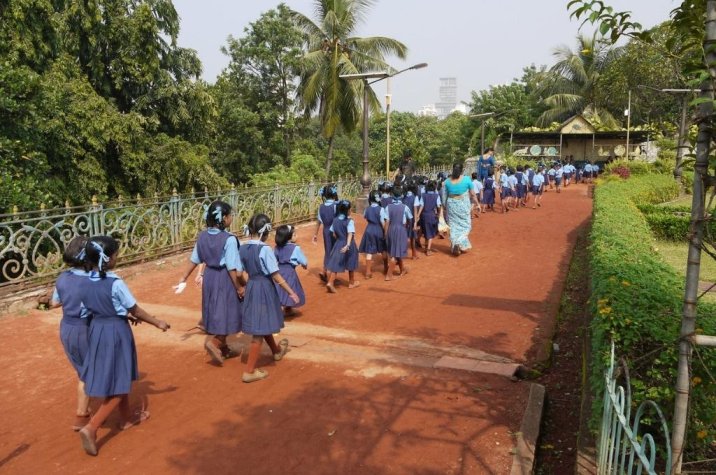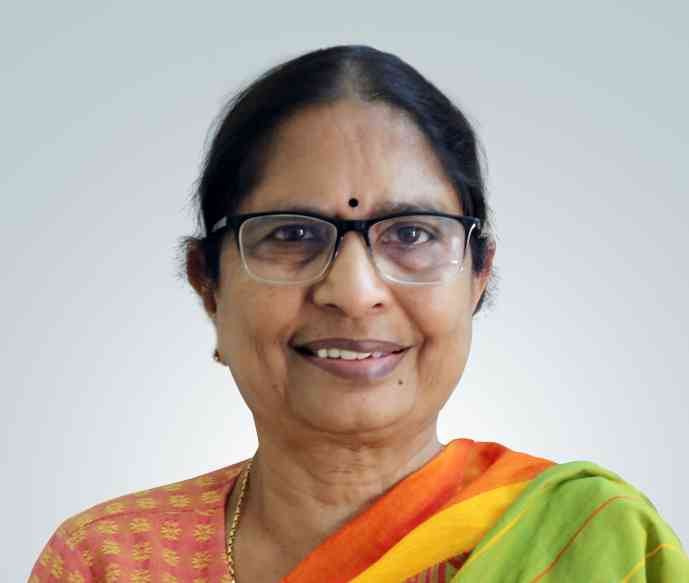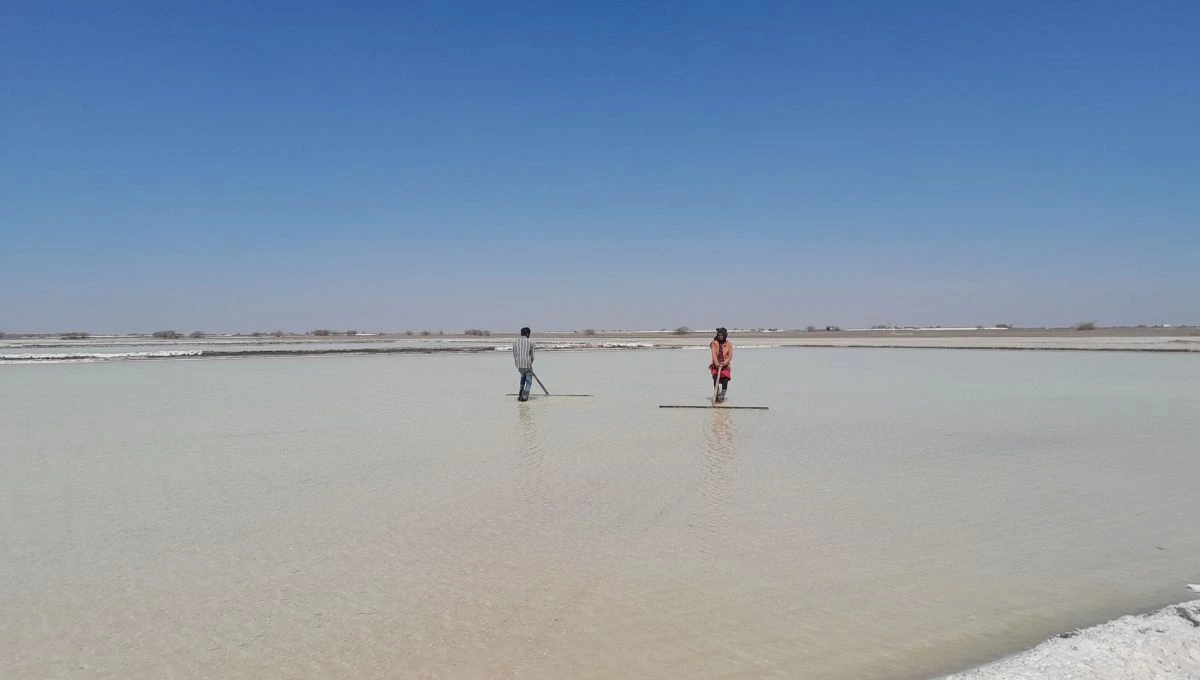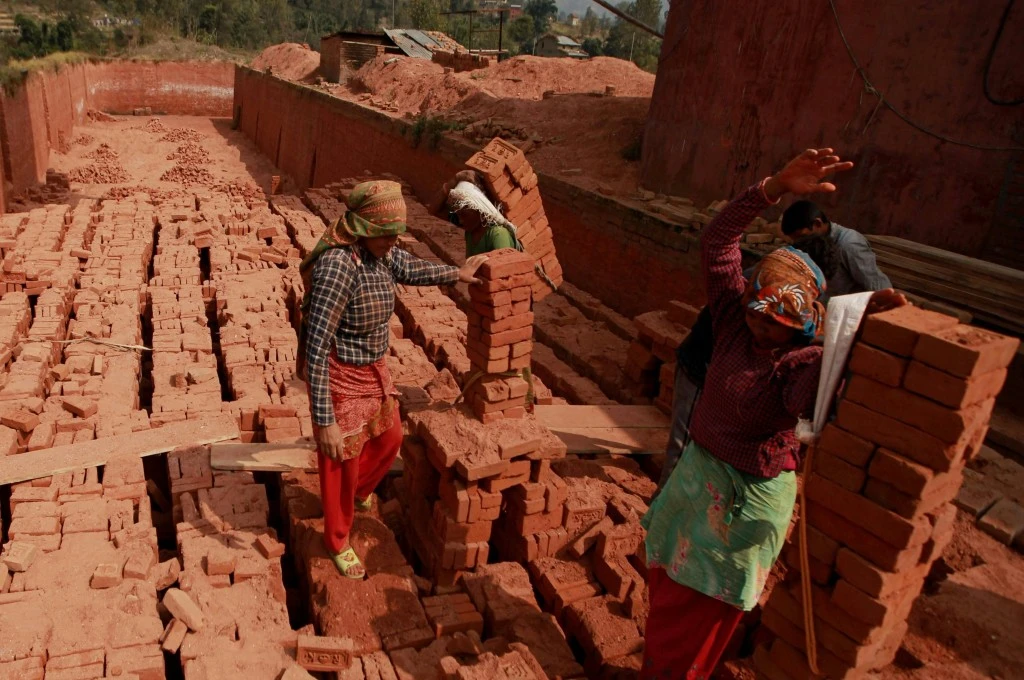Prior to March 2020, nonprofit and community-based organisations’ efforts to tackle patriarchal social norms and empower adolescent girls had begun to yield dividends. We had started to see change happen over the years—adolescent girls were able to move around in public places more freely, engage with their parents to get them to support their aspirations for higher education, and speak about their grievances to the panchayats or even the police. Families who were earlier hesitant to send their daughters to school due to the fear of distance or pressure of marriage had actively started investing in their education.
However, COVID-19 undid all this progress.
What changed during the lockdown?
During the initial months of the first wave and the national lockdown, not much seemed to have changed. Field staff who worked in communities in Telangana reported that sustained campaigns to promote behavioural and attitudinal change among parents had worked in favour of adolescent girls. Education of girls was considered important and gender violence was seen as unacceptable not only by the families of these girls, but also at a societal level.

However, two months into the lockdown, with no work or wages and dwindling savings, the situation changed. Strapped for food and cash, the precarity and vulnerability of families created a sense of anxiety and insecurity. Further, with schools closed and kharif season starting in June, most children were forced to work and earn wages.

Large numbers were sucked into family labour as vegetable vendors, beedi workers, cattle herders, and in many other home-based units in the informal sector. Migrant children were employed in the bangle and jewellery industry, as helpers in petty shops and local hotels, in fishing, quarrying and mining, and so on. Older girls took up work under NREGA, acting as proxies for their mothers, whereas older boys joined the labour market working as headload carriers, casual labourers, and even construction site workers.
Girls also went on to work on cottonseed and ginning farms during the harvest season. Some of them even migrated in groups to work in chilli farms in the nearby regions. All these children were not used to physical work and hence, constantly complained of body aches, heat strokes, and wounds. However, they did not have the option of not continuing with work.
In addition to being against the law, family members themselves agonised about their school-aged children going back to work. Communities had taken pride in making their villages free of child labour. They tried their best to keep their children away from paid work, but with no alternative to schooling and no support from the government—either for their children or themselves in terms of food and income—they found themselves vulnerable.
The uncertainty surrounding the reopening of schools, fear of sexual abuse, and instances of elopement increased the pressure of marriage on girls.
Social mobility of adolescent girls was greatly affected during the lockdown period. They were not allowed to step out of the house and were burdened with domestic chores. There was also greater friction among siblings within households, with each vying for access to limited resources such as mobile phones, internet, washing soap, toiletries, and sanitary napkins.

The uncertainty surrounding the reopening of schools, fear of sexual abuse, and instances of elopement increased the pressure of marriage on girls. Several parents who had earlier encouraged their daughters to pursue education took advantage of the restrictions imposed during the lockdown and stealthily arranged their marriages.
First generation learners faced anxiety and frustration
Schoolgoing children struggled with school closures as it meant not having access to mid-day meals. Several children who were enrolled in residential schools were used to having daily essentials—meals, stationery, books, toiletries, and so on—provided to them by the school authorities. School closures meant that they did not have access to these since the expenses had to be borne by households and with their meagre earnings, these needs were mostly ignored. Several girls were forced to begin working to be able to afford their personal necessities such as sanitary napkins and toiletries.
School, for these children, was always more than just an educational or learning space.
Furthermore, they were also denied a routine: of waking up, getting ready to go to school, meeting their friends, doing homework, playing pranks, and so on. School, for these children, was always more than just an educational or learning space. It fulfilled greater functions for them.
The absence of school for older children, especially girls in grades eight to ten, affected their hopes and aspirations for higher education as they had fought severe discrimination to be able to study. Most of them were first-generation learners and being forced to go to work caused severe anxiety and frustration among them.
When schools reopened in early 2021, children rushed back
In January and February 2021, schools reopened for a brief period for students in grades nine and ten. Within a week, more than three-quarters of the students in the communities that Mamidipudi Venkatarangaiya Foundation (MVF) works with returned to school. This was unexpected since, during the lockdown, more than 90 percent of these children were working and had lost the habit of going to school.
Despite being dependent on their children’s income, parents looked forward to sending them back to school.
After being out of use for more than nine months, the schools themselves were in a bad condition, with broken and dusty windows, unkempt toilets, and no water. Through meetings with the gram panchayats, members of child rights protection forums and school management committees came forward and assisted in cleaning schools for the children. They also took on the responsibility of raising funds to repair toilets, water facilities, and for cleaning the school premises—all this at a time when communities continued to suffer from food and wage insecurity.
Despite being dependent on their children’s income—young girls were earning as much as INR 300 per day during sowing season—parents looked forward to sending them back to school. Some bought their children clean dresses while others sold their cattle so that their daughters could go back to school. In cases where schools were located at a distance of five to six kilometres, parents bought bicycles for their daughters so that they would not have to walk long distances. Many made petitions to bus owners and slowly bus after bus, in village after village, started plying during school hours.
Girls who had been married off during lockdown summoned up the courage to convince their in-laws and husbands to let them continue with their education.
It was far more difficult to get boys back to school as they were bound by long-term contracts with their employers. It was also hard for children studying in private schools as their parents had to pay arrears of school fees in addition to paying for private bus transportation.
The second wave has set them back again
With the second wave of COVID-19 sweeping across the country and several states imposing lockdowns, schools have been forced to close once again. This means that most of these children will go back to work again.
The closure of schools is particularly bad for adolescent girls as it forces them to partake in gendered activities that they had vehemently fought against. Despite this, they have pushed back and not given into these pressures meekly—they have fought and resisted.
The state is absent
There is no data on what is happening to children of all ages, their rights, and needs. There has been no attempt to activate the institutional framework of child protection. Neither education nor labour departments have arrived at any kind of solution. No thought has been given to mitigating hunger and ensuring that children continue to receive mid-day meals. Neither has any thought been given to them impact that indefinite school closures will have on the lives of children and their future. Indeed, children are not even on the radar of the state outside of an unworkable, inequitable solution of online classes.
The cost of state inaction on the lives of children is going to be immense.
There is no need for the state to collect data and information, conduct yet another research survey on where these children are, build a computerised database, and waste precious time. School attendance registers in all government schools have the details of all the children enrolled. They are tracked by the gram panchayats and the school teachers at the ward, village, and panchayat level.
All the state needs to do is work with local functionaries to draw up specific plans for the rescue and rehabilitation of each of these children. This could mean taking care of their health and nutrition, remedial learning and bridge courses, assurance of food, providing textbooks and stationery, and so on. The system must trust the capacity of local bodies to take care of their children and be willing to extend all support to take responsibility for issues that cannot be resolved at the local level alone.
The cost of state inaction on the lives of children is going to be immense. This is an emergency situation. Will children’s voices be heard?
—
Know more
- Understand how the COVID-19 pandemic is setting back years worth of social progress.
- Read this article to know the impact of COVID-19 on child marriages.
- Learn more about the rise of child labour among vulnerable communities in Tamil Nadu.




